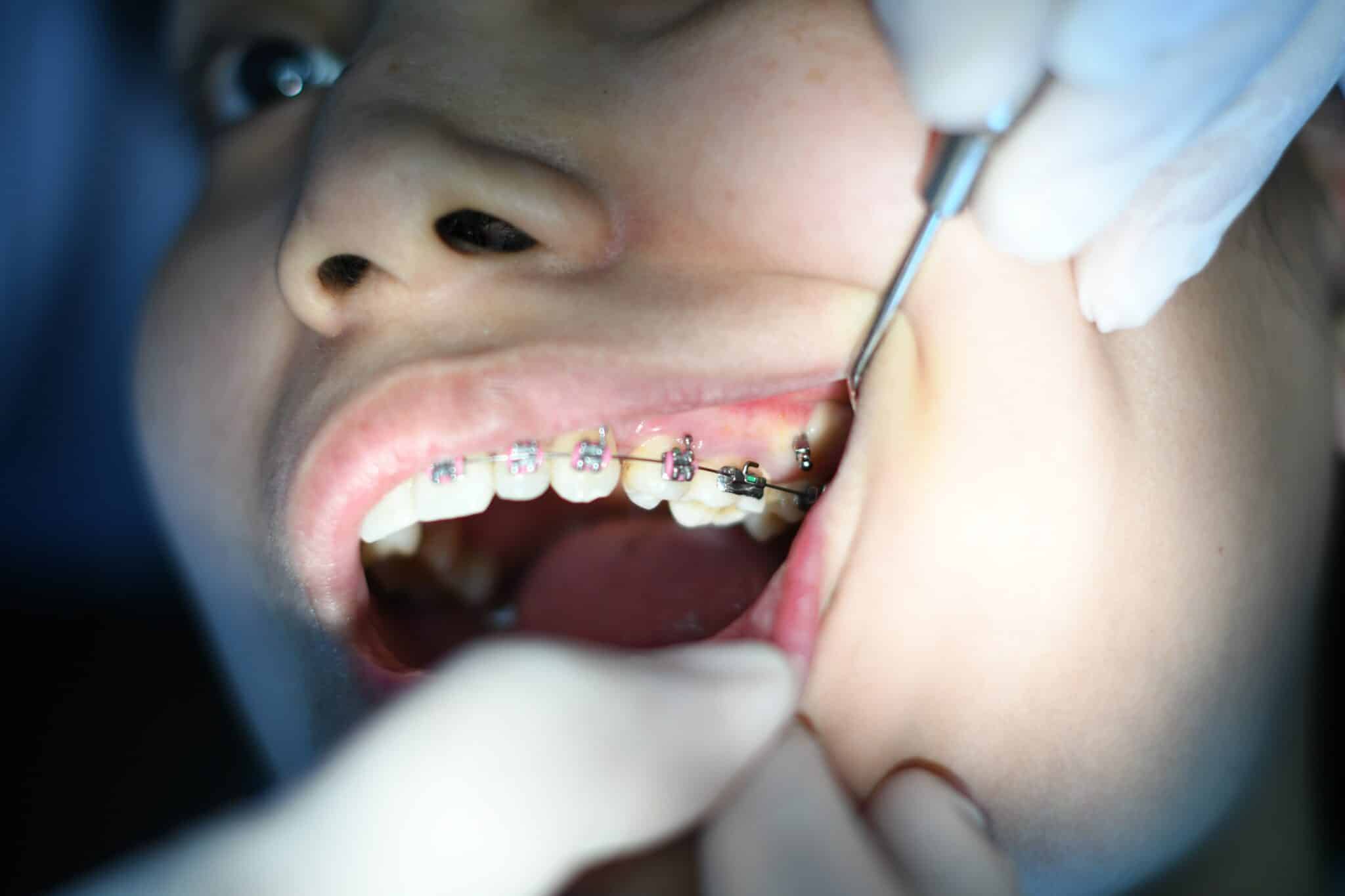For people who want straighter teeth without the hassle of metal braces, Invisalign is a great option. Unlike traditional braces, Invisalign uses a series of clear trays that are custom-made to fit your teeth. This makes them more concealing and less noticeable than traditional braces.
Invisalign also offers the advantage of being removable, so you can take them out when you eat or brush your teeth. Traditional braces are not removable, which means they must stay on your teeth at all times until they are removed by an orthodontist.
In addition to being more discreet than traditional braces, Invisalign also requires fewer visits to the orthodontist for adjustments. After treatment with Invisalign is complete, patients must wear a retainer to keep their teeth in place; however, this is much less noticeable than metal braces and can be removed for eating and cleaning.
In terms of comfort, Invisalign is usually preferred because it doesn’t irritate the mouth like metal brackets can. This said, some may debate that traditional braces offer more control over the end result: perfect teeth straightening.
Additionally, Invisalign trays can be removed when eating or drinking which makes it easier to maintain oral hygiene compared to traditional braces. Finally, once treatment is complete with Invisalign, a retainer will need to be worn instead of metal bands like with traditional braces. Typically, both methods can achieve similar results but the decision between them will depend on an individual’s preference for visibility and comfort level. But regardless of what you choose, one thing is for certain— having braces will lead you to a bright and beautiful smile for a lifetime!





